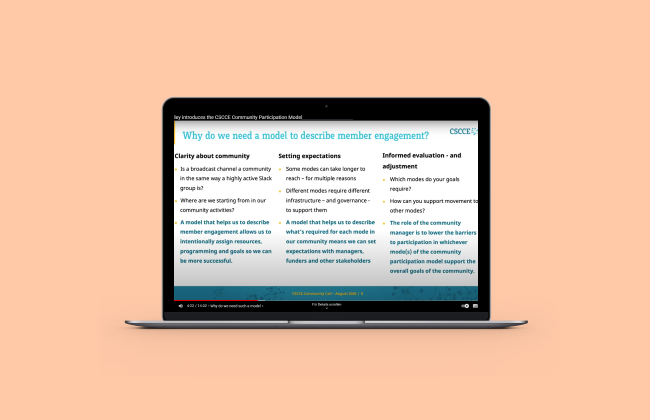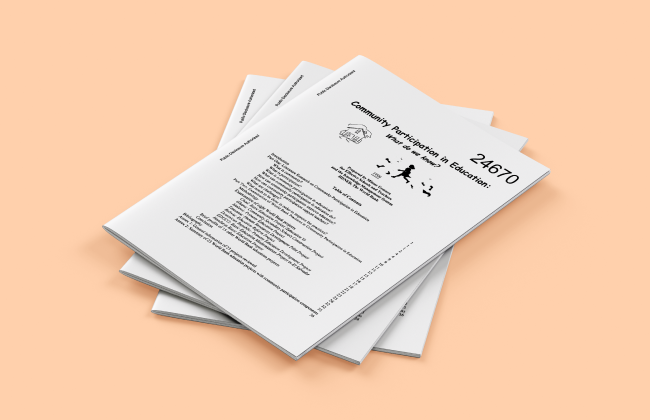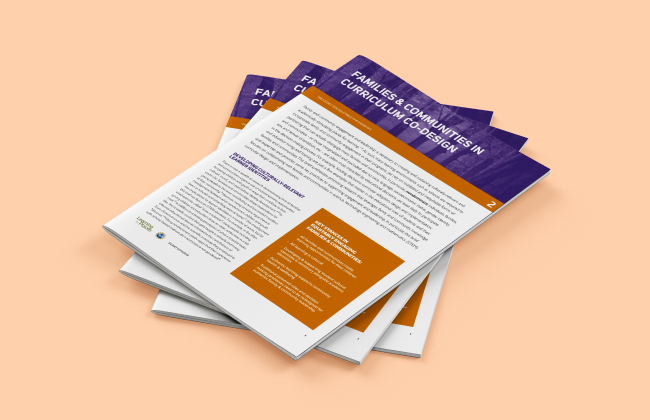Models of community participation

No form of community participation can guarantee success. A number of external and internal factors impact community participation.
Nowadays, there are more and more forms of public participation: older types, such as public meetings, workshops and advisory boards, are now supported by technologies, which have reconfigured models of activism.
Many models of bioeconomy curriculum development lack a collaborative, all-stakeholder approach, engaging both public and private actors, with special attention given to include voices from the community. The actors engaged in the process cannot be treated as a uniform “mass” – they are all individual entities, and have different roles in the participation.




